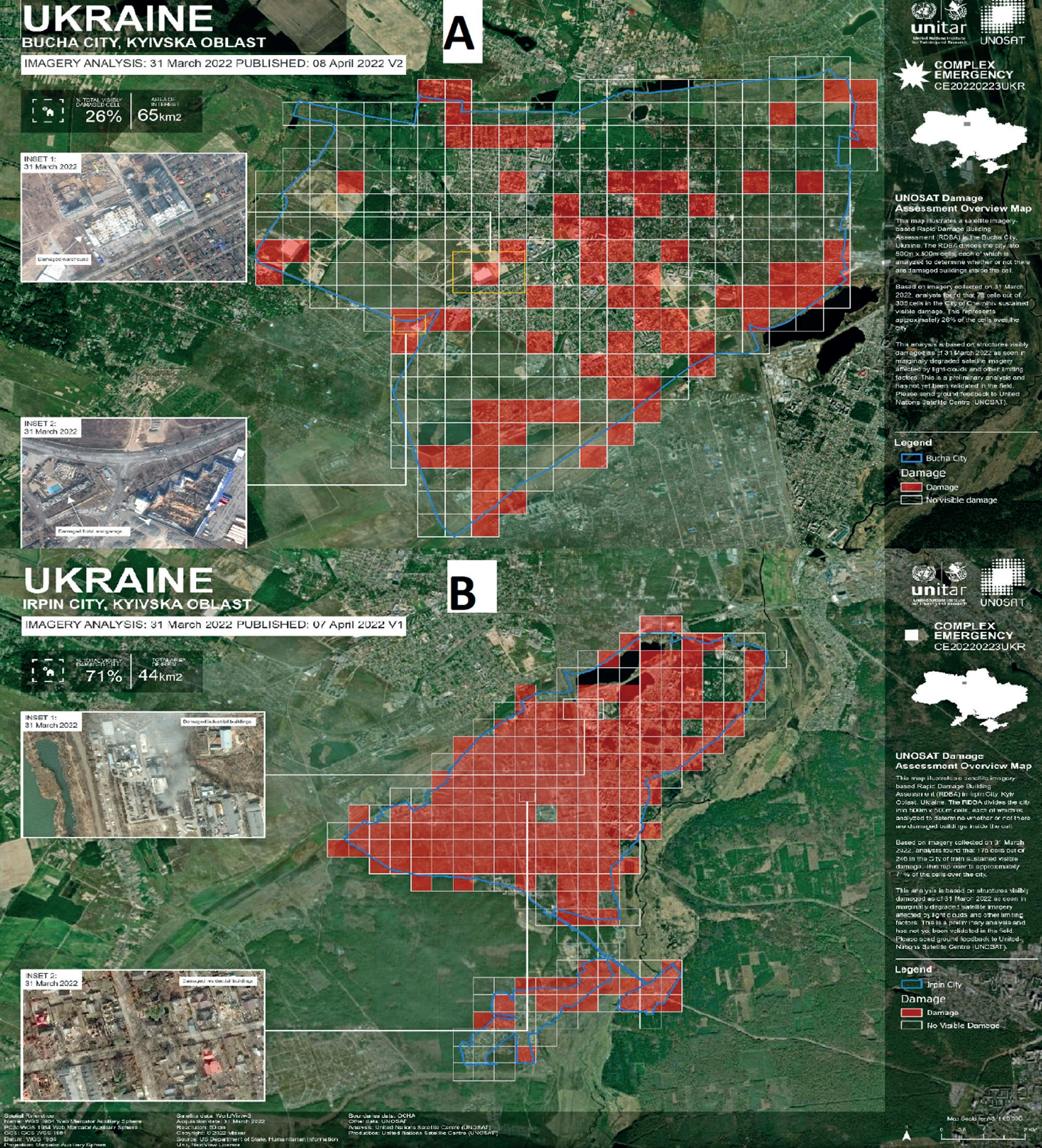The impact of warfare on the structure of ant assemblages on trees (Hymenoptera: Formicidae)
DOI:
https://doi.org/10.13133/2284-4880/1446Keywords:
hostilities, Ukraine, Irpin, Bucha, damage, trees, antsAbstract
Military actions cause great harm to the environment, as well as to biocenoses. The effect of hostilities on ants remained unexplored. The life cycle of the colony and the activity of ants is associated with a constant source of resources - aphid colonies on trees. In the case of massive damage to trees, one can expect a negative effect on large colonies of ants visiting trees. The purpose of the study is to study the relationship between the degree of damage to tree plantations and changes in the structure of ant communities as a result of hostilities. The study was conducted in August 2022 on the territory of the cities of Irpin and Bucha (Kyiv region, Ukraine), six months after the Russian attack on Ukraine (02/24/2022). Intense fighting took place in Irpin and Bucha from the end of February until April 2022. The degree of destruction of the infrastructure of Bucha was 26%, Irpin 71%. 200 trees were examined in Bucha and 201 in Irpin. Tree type, diameter, degree of damage (from 0 to 5), distances between trees and distance to buildings were evaluated. The number of ants was counted on tree trunks (2 minutes each count). 11 species of ants were found on 12 tree species. The most visited by ants are oak (Quercus robur L.), linden (Tilia cordata L.). In Bucha, most of the trees are class 0, intact, in Irpin - class 1 damage and above. In parks, the number of damaged trees is 1.5 times higher than in tree plantations. The number of damaged trees in both cities decreases as the damage class increases. In Bucha, 1.3 times more ants were found on trees than in Irpin, and there were 2 times more ants in tree alleys than in parks. Pairwise comparison of tree damage and ant activity revealed an association (F=10.47, p=0.001). The largest number of ants on trees of 0-1 degree, 2-3 times less on trees of 2-3 degrees, at least on the 4th, on the trees of 5th degree ants are absent. The tree species is important for ants (F=28.68, p≤0.001), oaks are visited more often than other species of trees. The most visited by ants are undamaged trees and trees of the 1st degree of damage: F=5.014, p=0.026 for oaks and F=8.721, p=0.003 for lindens. Tree diameter is important for ants (F=5.894, p=0.015), trees with a diameter of 0.3-0.7 m are more frequently visited. Therefore, damage to large and mature trees as a result of fighting more significantly affects ant communities. The results obtained indicate that the ants prefer to visit larger trees of certain species (oaks), but with a degree of damage up to 3rd. The hostilities can have a negative effect on ant communities within the next five months after they leave their wintering grounds.
Downloads

Downloads
Published
How to Cite
Issue
Section
License
Copyright (c) 2023 Stanislav Stukalyuk, Mykola Kozyr

This work is licensed under a Creative Commons Attribution-NonCommercial-ShareAlike 4.0 International License.




